Rangefinders for golf are now part and parcel of most golfers' equipment as they seek to improve on their accuracy. From measuring how close you are to the green to identifying where hazards are positioned, the devices provide you with up-to-date and precise information. But have you ever considered what batteries do golf rangefinders use? And how much impact a small battery can have on your rangefinder's performance?
Various rangefinders employ varying battery types, and selecting the appropriate one is not only likely to maximize the operating time of the device but also avoid failure during a critical situation.
This article will guide you through the most used battery types in golf rangefinders, their pros and cons, how to find the proper battery for your unit, and some helpful hints on replacing them.

Part 1. Why is the Rangefinder Battery Type So Important?
The rangefinder battery isn't just the power source of a golf rangefinder — it's the secret to how well and how regularly your device will perform. The choice of the proper type of battery affects several critical functions of the device.
1. Battery Life (Runtime)
A suitable battery enables your rangefinder to withstand a few rounds of golf without repeated replacement or recharging.
Different batteries contain different capacities and rates of discharge. For example, a lithium battery usually has longer running time than an alkaline battery, and therefore it is better for hard use.
2. Performance Stability and Responsiveness
Rangefinders employ speedy data processing and laser transmission to deliver instant readings. A constant voltage-supplying battery is required to ensure that the device remains responsive and precise.
Low-voltage or low-grade batteries may cause slow measurement rates, inaccurate distances, or even screen flickering.

3. User-Friendliness
The desire for ease of recharge or battery replacement also figures into overall user satisfaction. Some rangefinders use rechargeable lithium-ion batteries that can be charged using a USB connection, whereas others use disposable CR2 or AA batteries.
If you plan on traveling extensively or playing clubs that are far from your residence, an ergonomic battery to replace can be a huge advantage.
4. Long-Term Cost
Reusable batteries might be more expensive initially but ultimately earn their keep, especially if you go golfing regularly. Disposable batteries like CR2 or AA batteries, on the other hand, might seem cheap to purchase at first but become costly when purchased over and over.
Part 2. Common Types of Batteries Used in Golf Rangefinders
Understanding the different batteries utilized by golf rangefinders will help you obtain the right model best suited to your game and usage. They are the three most utilized types of batteries by golf rangefinders along with their characteristics, pros and cons, and uses.
1. CR2 Lithium Battery (Disposable Battery)
The CR2 3V lithium battery is the most widely used source of power in analog laser-based golf rangefinders. It is compact, yet of high power and long duration.
- High Voltage and Energy Density: Offers stable 3V output with high energy density, delivering strong and stable power for laser transmission and range computation.
- Long Battery Life: Typically retains around 2,000 to 3,000 measurements and equates to 6 months or more of consistent use in normal playing conditions.
- Temperature Resistance: Resists extreme temperatures or weather conditions, thus it is an ideal rangefinder for outdoor sporting activities such as golf in any season.
- Compact and Light: Due to its slender dimensions, it maintains rangefinder design thin and light.
- Not Rechargeable: Must be replaced when depleted, which adds to long-term cost.
Best For: Golfers who use traditional laser rangefinders and play regularly but don’t want to worry about recharging before every round.

2. CR123A Lithium Battery (Single-Use Battery)
The CR123A 3V lithium battery is yet another compact yet robust battery widely utilized in some golf rangefinders, especially those requiring a bit more capacity than the CR2 but still favor an ultra-light single-use power cell. Though less widely used than CR2, it is similar in performance with some contrasting benefits.
Key Features:
- High Energy Output: Delivers stable 3V output with slightly higher capacity than CR2 batteries, making it suitable for high-performance devices.
- Long Battery Life: Supports extended usage, with up to 3,000 measurements depending on the device’s power consumption.
- Wide Temperature Range: Performs reliably in hot or cold environments, ideal for all-season golf use.
- Compact Size: Slightly larger than CR2 but still small enough for lightweight and portable device design.
- Not Rechargeable: Like CR2, it must be replaced when depleted.
Best For: Golfers who play frequently and want longer-lasting battery life in a compact form, without the need to recharge. Also ideal for those who carry spare batteries for extended golf trips or tournaments.
3. AAA / AA Alkaline Batteries
Some entry-level or hybrid rangefinders (that provide both laser and GPS functions) work on standard 1.5V AAA or AA alkaline batteries. While less powerful than CR2 batteries, they can still serve as an adequate option for infrequent players or those with limited budgets.
Key Features:
- Able to be found everywhere: Found easily in markets or online, so they are handy as emergency replacements.
- Economical: Typically less expensive in cost compared to lithium batteries.
- Easy to Replace: No tools required, and spares are easy to carry in a golf bag.
- Moderate Performance: Battery life is shorter, and they may require more frequent replacement depending on usage.
Best For: Casual or beginner golfers who play occasionally and prefer low-cost maintenance. Those who want a simple device with minimal upkeep.

4. Rechargeable Lithium-Ion Battery
As technology has progressed, the majority of premium rangefinders, be they app-connectible, Bluetooth-enabled, or GPS-enabled, all feature built-in rechargeable lithium-ion batteries. The batteries offer superior performance and environmental friendliness over time.
Key Features:
- Rechargeable via USB or Type-C Ports: Most rechargeable golf rangefinder allow charging through standard cables and power banks, offering flexibility during travel.
- Environmentally Friendly: Reduces waste from disposable batteries.
- Low Long-Term Cost: While initial purchase cost is higher, not having to buy replacement batteries leads to savings over time.
- Stable Power Output: Maintains consistent performance even with additional features like GPS and Bluetooth.
- Needs Regular Charging: Must be charged before or after use; may not be ideal if you forget to charge between rounds.
Best For: Frequent golfers, tech-savvy users, or those using GPS-integrated devices who want modern functionality and lower long-term hassle.
Summary Comparison:
|
Battery Type |
Rechargeable |
Typical Usage Time |
Best For |
Common Brands |
|
CR2 Lithium Battery |
No |
2000–3000 uses |
Regular golfers, laser models |
Bushnell, Nikon, TecTecTec |
|
AAA / AA Alkaline |
No |
1–2 rounds/use |
Beginners, budget users |
Varies |
|
Lithium-Ion Battery |
Yes |
Several rounds/use |
Frequent users, GPS devices |
Garmin, Callaway |
|
CR123A Lithium Battery |
No |
2500–3000+ uses |
Power users, longer-lasting laser models |
Some Gogogo Sport Vpro Models |
Part 3. How to Identify What Kind of Battery Your Golf Rangefinder Takes?
If you don't know what battery your golf rangefinder requires, don't worry — it's just a few simple and easy steps. Having the proper type of battery will avoid destroying the unit or to get the unit running right on the course.
1. Read the User Manual or the Product Label
The easiest method is to take a look at the user manual that was included with your device. Most companies put the battery type down clearly in the "Specifications" or the "Power Supply" section.
Also, check the packaging box, device body, or the battery cover — most manufacturers stamp the model of the battery (e.g., "CR2 3V" or "Use only AAA batteries") on a prominent place.
Tip: If you lose your manual, you can often download a PDF version from the manufacturer's home website.
2. Visit the Manufacturer's Website or Help Page
If the manual or packaging is not available, visit your rangefinder maker's official website.Search for your model on the support or FAQ page. Most reputable brands provide clear specifications, replacement guides, and even battery safety tips online.
3. Inspect the Battery Compartment
Physically opening the battery compartment is another easy and accurate way to determine the required battery type. Inside the compartment, you’ll usually find:
A label or mark identifying the type of battery, i.e., "CR2 Only," "1.5V AA," or "Rechargeable Only."
In some cases, you can even observe the shape/size of the battery, which also gives a good indication (e.g., short fat cylinder most likely is CR2 and long thin one would be AAA).
Always power down the device before opening the battery compartment to prevent accidental damage or data loss.

Part 4. Battery Life and Replacement Tips
To ensure that your golf rangefinder continues to function smoothly round after round, discover the average battery life and follow best practices in replacement and maintenance. The following are type-specific guidelines for the different kinds of batteries used in golf rangefinders:
1. CR2 Lithium Battery (Non-Rechargeable)
Typical Lifespan:
A high-quality CR2 battery can be expected to take 2,000–3,000 measurements, equivalent to about 6 to 12 months of usage, depending on the frequency of play and usage of the rangefinder during each round.
Replacement Tip:
If you play frequently (2–3 times per week), consider replacing the battery every 6 months proactively to avoid unexpected shutdowns. Occasional players may get up to a year of use.
2. Rechargeable Lithium-Ion Battery
Charging Routine:
Always keep the battery charged to capacity prior to a round, particularly if the device has GPS or Bluetooth capabilities, which require additional power.
Monitor the battery indicator, if present, periodically, and keep it away from deep discharge (letting it fully run down), as it will reduce its lifespan.
Lifespan:
Most rechargeable lithium batteries will last for hundreds of charge cycles (usually 2–3 years) before they begin to display a loss in capacity.
Pro Tip:
If you will not be using your rangefinder for an extended period (e.g., off-season), leave the battery charged at 50–70%, and charge it periodically to maintain its health.
3. Prevent Battery Leakage
Why It Matters:
Battery leakage — especially from alkaline AAA or AA batteries, can corrode the internal components of your rangefinder, causing permanent damage.
Prevention Tips:
If you won't be using your device for weeks or longer, remove the battery and store it separately in a cool, dry location.
Keep the rangefinder away from extreme heat or humidity, which will accelerate battery drain.
Carry a Spare Battery:
For non-rechargeable units, it's a good practice to carry a spare CR2 or AAA/AA battery in your golf bag, especially if:
- You're competing in a multi-day event.
- You're traveling abroad for golf and may not readily get replacement batteries.
- Your current battery is approaching the end of its approximate lifetime.
For rechargeable units, consider taking a portable power bank or USB charging cord, particularly if your device has fast charge functionality.

Conclusion: Find the Right Rangefinder Based on Battery Type
When selecting a golf rangefinder, battery type should be more than an afterthought — it directly influences convenience, performance, and overall price. If you prefer the convenience of easy-to-replace batteries or the green thing to do of using rechargeable batteries, being aware of your power requirements makes you a wise buyer.
At Gogogo Sport Vpro, we offer a wide range of rangefinders tailored to different battery preferences and playing styles. From AAA battery-powered models for hassle-free replacement, to rechargeable lithium-ion-powered ones for regular players, to CR123-powered versions that offer small size with extended performance — there's a Gogogo Sport Vpro rangefinder to suit any player. Select the one that suits your game, and never let battery concerns hamper your attention to the course.
FAQs about Battery for Golf Rangefinder
1. Do all rangefinders use the same battery?
No, not all rangefinders use the same battery. Different models require specific ones like CR2, CR123A, AAA/AA, or built-in rechargeable lithium batteries. Check your device's manual or battery holder to confirm compatibility.
2. What is the difference between CR2 and CR123 batteries?
The main difference between CR2 and CR123 batteries lies in their size, capacity, and usage. CR123 (also known as CR123A) batteries are larger and have a higher capacity, making them suitable for high-drain devices like flashlights and some rangefinders. CR2 batteries are smaller and lighter, commonly used in compact devices such as golf rangefinders and cameras. Both are 3V lithium batteries, but they are not interchangeable due to their different dimensions. Always use the battery type specified by your device manufacturer.
3. Can I replace a CR123A battery with CR123?
Yes, CR123 and CR123A batteries are essentially identical and can be exchanged for each other. The "A" in CR123A is merely an extension of the generic nomenclature, and both are one and the same 3V lithium battery with the same dimensions and performance. Just make sure that the battery has the same voltage and size requirement as your device, and always buy a reputable brand to ensure quality and safety.

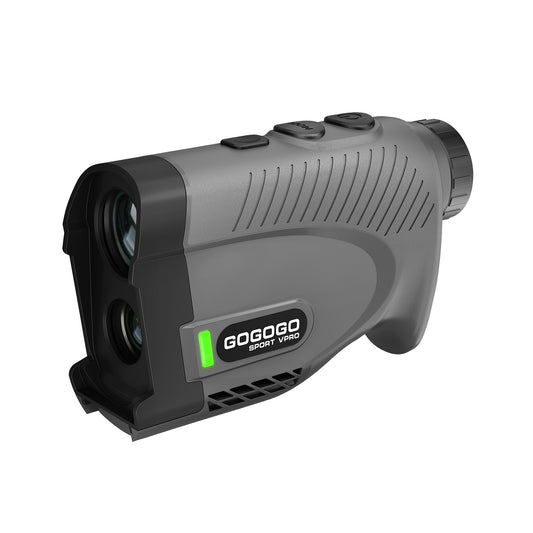
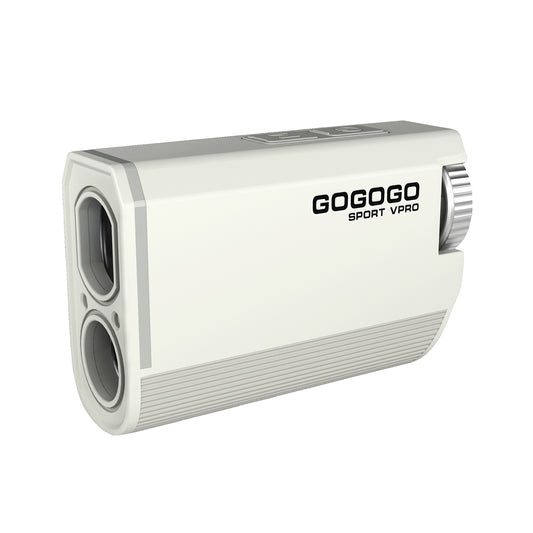
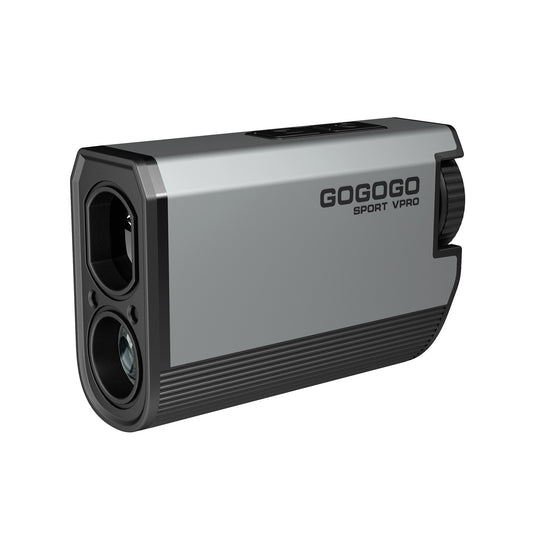
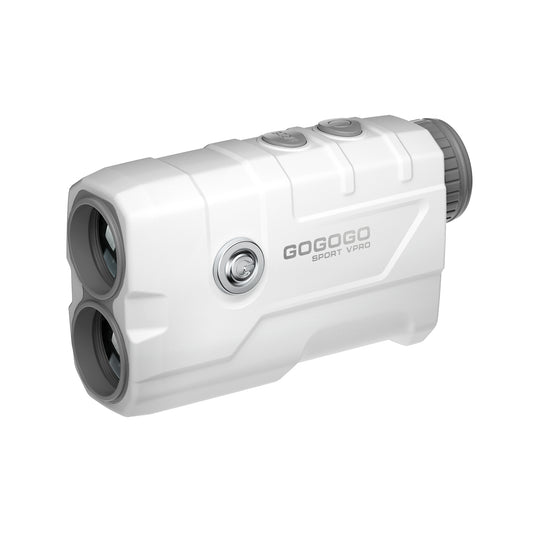
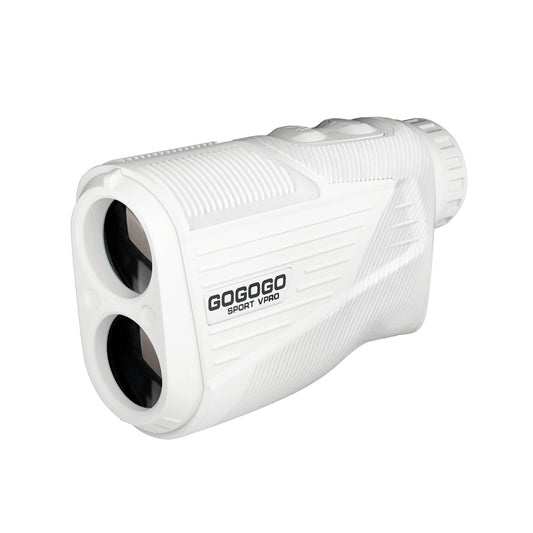

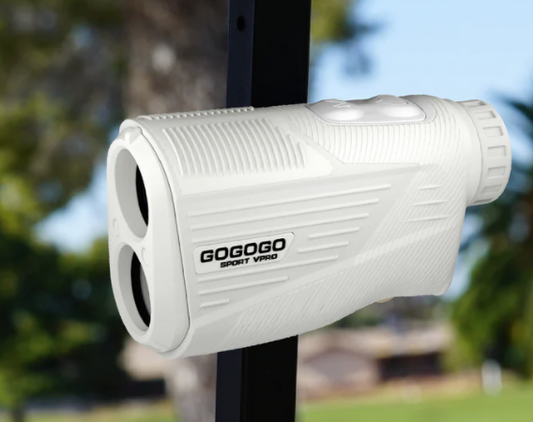

![[2025] The Ultimate Guide to Pinseeker Rangefinders for Golfers](http://gogogosport.com/cdn/shop/articles/gogogo_sport_vpro_pinseeker_rangefinder.png?v=1757993796&width=533)